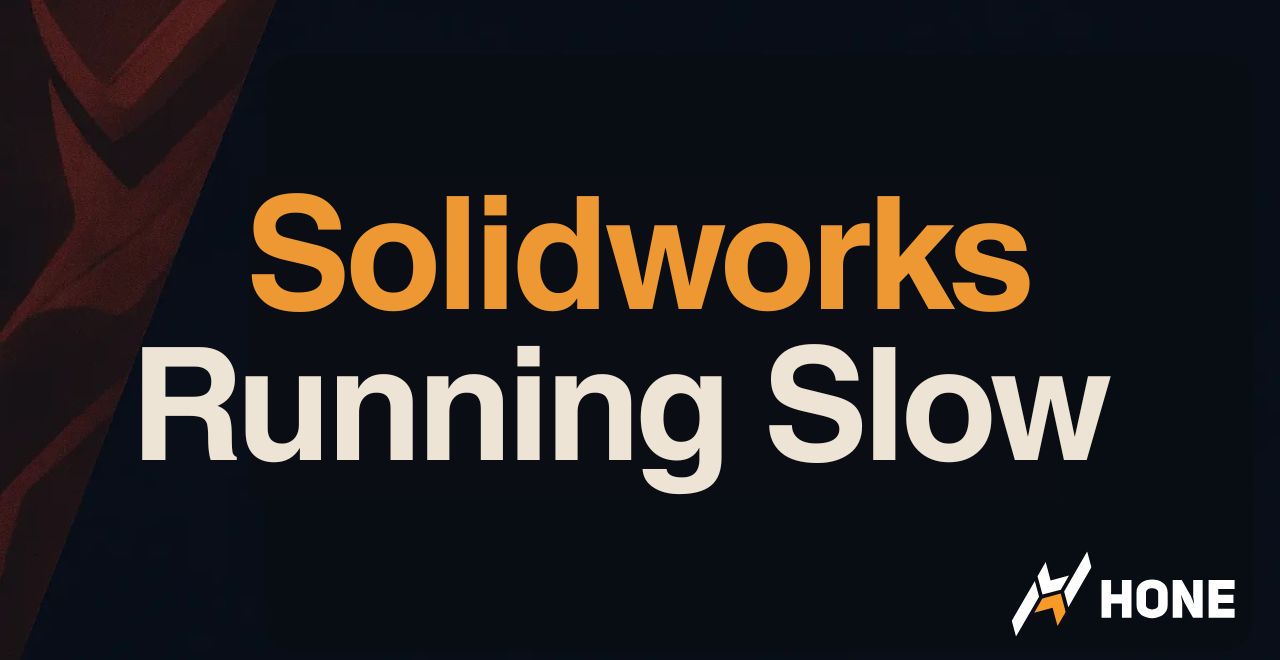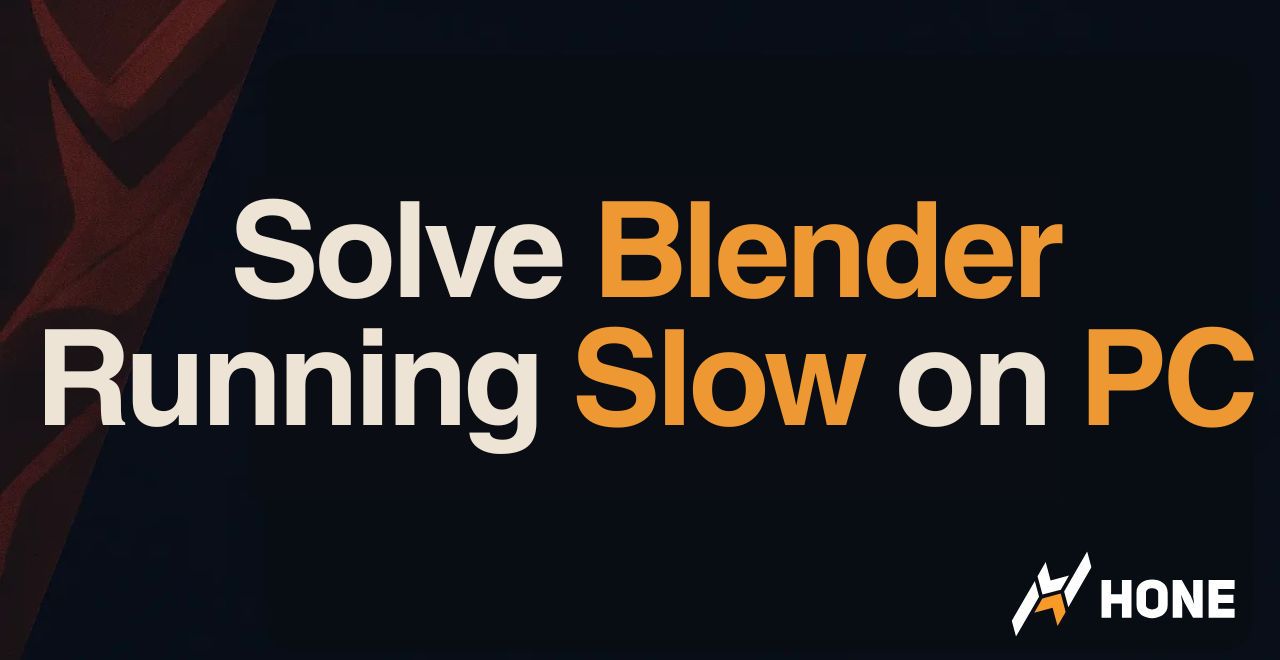Your perfect headshot lines up. You click. Nothing happens. A second later, you’re watching the killcam, wondering how they saw you first. Sound familiar? That split-second delay between your action and the game’s response isn’t your reaction time failing you. It’s your WiFi.
This guide reveals exactly which 2025 models deliver true gaming-grade connections and why.
Your Gaming Network Health Check
Why Your Expensive Internet Plan Isn’t Helping
Let’s clear up the biggest misconception in gaming: your 500 Mbps internet plan means nothing if your WiFi adds 50ms of latency. Gaming uses surprisingly little bandwidth – even 4K cloud gaming rarely exceeds 35 Mbps. What destroys your performance isn’t slow internet; it’s inconsistent, high-latency connections.
Here’s what actually matters for gaming:
Gaming Network Metrics That Actually Matter
| Metric | What It Means | Gaming Impact | Ideal Target |
|---|---|---|---|
| Latency (Ping) | Time for data to reach server and return | Direct input delay – the #1 factor | Under 20ms |
| Jitter | Variation in latency over time | Causes stuttering and unpredictable gameplay | Under 3ms |
| Packet Loss | Data that never reaches destination | Actions don’t register, rubber-banding | 0% |
| Bandwidth | Maximum data transfer speed | Only matters for downloads | 25+ Mbps |
Why WiFi 6 and 7 Change Everything
Not all WiFi is created equal. The jump from older standards to WiFi 6 and 7 isn’t just about speed – it’s about fundamental changes in how devices communicate.

These new technologies specifically address the problems that plague gaming connections.
WiFi Technology Evolution for Gaming
How each generation solves specific gaming problems
Gaming-Critical WiFi Features Explained
| Technology | What It Does | Gaming Benefit | Available In |
|---|---|---|---|
| OFDMA | Subdivides channels for simultaneous transmission | Reduces waiting time for game packets | WiFi 6+ |
| MU-MIMO | Communicates with multiple devices at once | Less competition from other devices | WiFi 5+ (Enhanced in 6) |
| 6GHz Band | Exclusive uncongested frequency | Zero interference from neighbors | WiFi 6E+ |
| MLO | Uses multiple bands simultaneously | Eliminates packet loss from interference | WiFi 7 Only |
| 320MHz Channels | Double the channel width | Faster game downloads, lower congestion | WiFi 7 Only |
Best WiFi Extenders for Gaming in 2025
After extensive testing and analysis, these models stand out for their ability to deliver true gaming-grade connections. Each excels in different scenarios, so choose based on your specific setup and budget.
TP-Link RE655BE
- ⚡ Multi-Link Operation for zero-lag switching
- 🔌 2.5 Gbps Ethernet port for ultra-fast wired gaming
- 📡 Tri-band with dedicated 6GHz backhaul
- 🏠 EasyMesh compatible for seamless roaming
Pros
- Lowest latency possible
- Future-proof WiFi 7
- Multi-gig ethernet
Cons
- Expensive
- Needs WiFi 7 router
- Overkill for casual gaming
Netgear Nighthawk EAX80
- 🖥️ Desktop form factor with 4 Gigabit ports
- 💪 1.8GHz dual-core processor
- 📐 2,500 sq ft coverage
- 🎮 Perfect for gaming entertainment centers
Pros
- Multiple device support
- Powerful processor
- Acts as network hub
Cons
- Large size
- No 2.5GbE port
- Higher power usage
TP-Link RE715X
- 🏆 Multiple “Best Overall” awards
- 📶 160MHz channel support
- 🔗 OneMesh compatible
- 📏 2,800 sq ft coverage
Pros
- Excellent price/performance
- Proven reliability
- Easy setup
Cons
- 1 Gigabit port only
- No WiFi 6E
- Basic design
Extender vs Mesh
Before buying any extender, you need to understand when they’re the right solution and when a mesh system would serve you better. This decision can save you from wasted money and ongoing frustration.
Find Your Ideal Gaming Network Solution
Installation and Optimization Guide
Even the best extender performs poorly if placed incorrectly. Follow this guide to maximize your gaming performance:
Optimal Extender Placement Strategy
| Factor | Best Practice | Why It Matters | Pro Tip |
|---|---|---|---|
| Distance from Router | 50-70% of the way to dead zone | Needs strong signal to repeat effectively | Use smartphone WiFi analyzer app to find -60 dBm spot |
| Physical Barriers | Avoid walls, floors, metal objects | Each barrier weakens signal significantly | Elevate extender 3-5 feet off ground |
| Interference Sources | Keep away from microwaves, baby monitors | 2.4GHz devices cause major interference | Use 5GHz or 6GHz for gaming backhaul |
| Ethernet Cable Run | Plan shortest path to gaming device | Wired final connection eliminates wireless issues | Use Cat6a for future-proofing |
Common Setup Mistakes to Avoid
Advanced Gaming Optimizations
Once your extender is properly placed, these settings ensure your gaming traffic gets priority over everything else on your network:
Platform-Specific Optimization Settings
| Gaming Platform | Recommended Settings | Port Forwarding | Expected Improvement |
|---|---|---|---|
| PC Gaming | Disable Windows network throttling, Game Mode ON | Game-specific (check PCGamingWiki) | 10-15% latency reduction |
| PlayStation 5 | Rest Mode network features OFF, MTU 1473 | TCP: 80, 443, 3478, 3479, 3480 | More stable connection |
| Xbox Series X/S | Instant-On mode, Energy-saving OFF | TCP: 3074, UDP: 88, 500, 3074, 3544, 4500 | Faster matchmaking |
| Nintendo Switch | MTU 1400, DNS: 8.8.8.8, 8.8.4.4 | TCP: 6667, 12400, 28910, 29900, 29901, 29920 | Reduced disconnections |
Budget-Friendly Alternatives
Not everyone needs the latest WiFi 7 technology. Here are solid options for gamers on a budget:
TP-Link RE505X
- 💰 Best budget WiFi 6 option
- 🔌 Gigabit Ethernet port
- 📶 Solid performance for the price
D-Link Eagle Pro AI E30
- 🤖 AI-optimized channel selection
- 🏙️ Great for congested areas
- 🔧 Self-optimizing performance
Your Gaming Network Action Plan
WiFi extenders have evolved from bandwidth-halving relics into legitimate gaming solutions, but only if you choose wisely. The key insight: modern WiFi 6 and 7 extenders with technologies like OFDMA and MLO can deliver near-wired latency when properly configured.
For most gamers, the TP-Link RE715X offers the perfect balance of performance, features, and price. Its WiFi 6 capabilities and Gigabit Ethernet port provide everything needed for lag-free gaming at a reasonable cost. Those with deeper pockets and cutting-edge routers should consider the TP-Link RE655BE for its game-changing WiFi 7 features and 2.5GbE port.
Frequently Asked Questions
Do WiFi extenders increase ping for gaming?
Traditional WiFi extenders can add 5-20ms of latency due to their half-duplex relay design. However, modern WiFi 6 and 7 extenders with features like OFDMA and MLO minimize this penalty. Using an extender as a wireless bridge with Ethernet to your gaming device eliminates most latency concerns.
What’s the difference between a WiFi extender and mesh system for gaming?
WiFi extenders create a secondary network and work best for single dead zones, while mesh systems create one seamless network with automatic device handoff. Mesh systems generally offer lower latency and better whole-home coverage but cost more. Extenders are ideal for targeted gaming room coverage with Ethernet connectivity.
Can I use a WiFi extender with any router?
Yes, most WiFi extenders work with any router brand. However, using same-brand combinations (like ASUS router + ASUS extender) often enables advanced features like seamless roaming and unified network management. WiFi 7 extenders require a WiFi 7 router to access features like MLO.
Should I get WiFi 6 or WiFi 7 extender for gaming?
WiFi 6 extenders offer excellent gaming performance at reasonable prices and work with existing WiFi 6 routers. WiFi 7 is worth it only if you have a WiFi 7 router and want the absolute lowest latency possible through MLO technology, or if you have multi-gigabit internet requiring 2.5GbE ports.
What’s the best placement for a gaming WiFi extender?
Place the extender 50-70% of the distance between your router and gaming area, where it still receives strong signal (-60 dBm or better). Avoid physical barriers and interference sources. Ideally, position it where you can run a short Ethernet cable to your gaming device for best performance.
Can WiFi extenders handle multiple gaming devices?
Modern WiFi 6 extenders with MU-MIMO can handle multiple devices better than older models. The Netgear EAX80 with four Ethernet ports is ideal for multi-device setups. However, for homes with multiple gamers in different rooms, a mesh system typically provides better performance than multiple extenders.
How much speed loss should I expect with a WiFi extender?
Traditional extenders can cut bandwidth by 50%. Modern WiFi 6 extenders typically retain 60-80% of original speed, while WiFi 7 with MLO can maintain 90%+ throughput. Using different bands for backhaul and client connections (like 6GHz backhaul, 5GHz to devices) minimizes speed loss.
Do I need special cables for gaming with WiFi extenders?
Use at least Cat5e Ethernet cables for Gigabit connections. For WiFi 7 extenders with 2.5GbE ports, you’ll need Cat6 or Cat6a cables to achieve full speed. Cable quality matters less than using wired connections whenever possible to eliminate wireless latency.
Will a WiFi extender fix packet loss in games?
An extender can fix packet loss caused by weak signal strength, but not issues from network congestion or ISP problems. WiFi 7 extenders with MLO are particularly effective at eliminating packet loss from interference by using multiple bands simultaneously. For persistent packet loss, check your modem and ISP connection.
Are gaming-specific WiFi extenders worth it?
Products marketed as “gaming” extenders often just have aggressive aesthetics and higher prices. Focus on technical features that actually matter: WiFi 6/7 support, low latency technologies (OFDMA, MLO), quality Ethernet ports, and QoS capabilities. The TP-Link RE715X outperforms many “gaming” models at half the price.






 Discord
Discord
 Instagram
Instagram
 Youtube
Youtube
 TikTok
TikTok